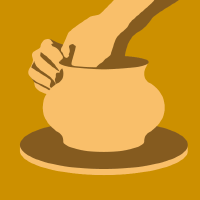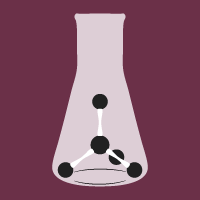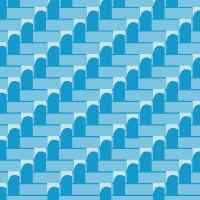Topic Menu
► Topic MenuTopic Editors


Progress in Si-Based Ceramic and Composites
Topic Information
Dear Colleagues,
Silicon-based ceramics have become indispensable in many fields, from industrial automotive to aerospace to biomedical engineering. This progress is due to the 40 years of continuous research and developments of these high-performance materials. New information on processing parameters in different techniques as well as the microstructure–property relationship has lead to substantial improvements in performance and reliability for end-use aerospace structural, automotive, and functional applications, with lower cost. This Topic aims at addressing the recent developments in Si-based ceramic and composites. Si-based ceramics synthesis/processing, physicochemical properties, as well as current and prospective potential applications will be addressed. We would like to encourage the scientific community working in this area to contribute actively in the form of full articles, short communications, and reviews to this Topic.
The topics to be addressed are, e.g.,
- Synthesis/processing of Si-based ceramics and composites;
- Polymer derived Si-based ceramics and its composites;
- Additives and compounding of feedstocks;
- Sintering (conventional, spark plasma sintering, and pressure and magnetic field-assisted);
- Shaping of components (conventional and additive manufacturing);
- 3D printing (Si-based preceramics polymers and other methods);
- Characterization (microstructure, mechanical, thermomechanical, and oxidation properties);
- Applications of Si-based ceramics high-temperature structural applications.
Dr. Niranjan Patra
Dr. Sergey V. Dorozhkin
Prof. Dr. Jacques Lamon
Topic Editors
Keywords
- oxide and non-oxide Si-based ceramics
- ceramics manufacturing/processing
- silicon-based composites
- functional silicon ceramics
- 3D printing
- microstructure
- mechanical properties
- thermal properties
- sintering
- machining
- shaping
Participating Journals
| Journal Name | Impact Factor | CiteScore | Launched Year | First Decision (median) | APC |
|---|---|---|---|---|---|

Ceramics
|
2.0 | 3.7 | 2018 | 19.6 Days | CHF 1600 |

Inorganics
|
3.0 | 4.1 | 2013 | 16.6 Days | CHF 2200 |

Journal of Composites Science
|
3.7 | 5.8 | 2017 | 16.2 Days | CHF 1800 |

Materials
|
3.2 | 6.4 | 2008 | 15.2 Days | CHF 2600 |

Preprints.org is a multidisciplinary platform offering a preprint service designed to facilitate the early sharing of your research. It supports and empowers your research journey from the very beginning.
MDPI Topics is collaborating with Preprints.org and has established a direct connection between MDPI journals and the platform. Authors are encouraged to take advantage of this opportunity by posting their preprints at Preprints.org prior to publication:
- Share your research immediately: disseminate your ideas prior to publication and establish priority for your work.
- Safeguard your intellectual contribution: Protect your ideas with a time-stamped preprint that serves as proof of your research timeline.
- Boost visibility and impact: Increase the reach and influence of your research by making it accessible to a global audience.
- Gain early feedback: Receive valuable input and insights from peers before submitting to a journal.
- Ensure broad indexing: Web of Science (Preprint Citation Index), Google Scholar, Crossref, SHARE, PrePubMed, Scilit and Europe PMC.


